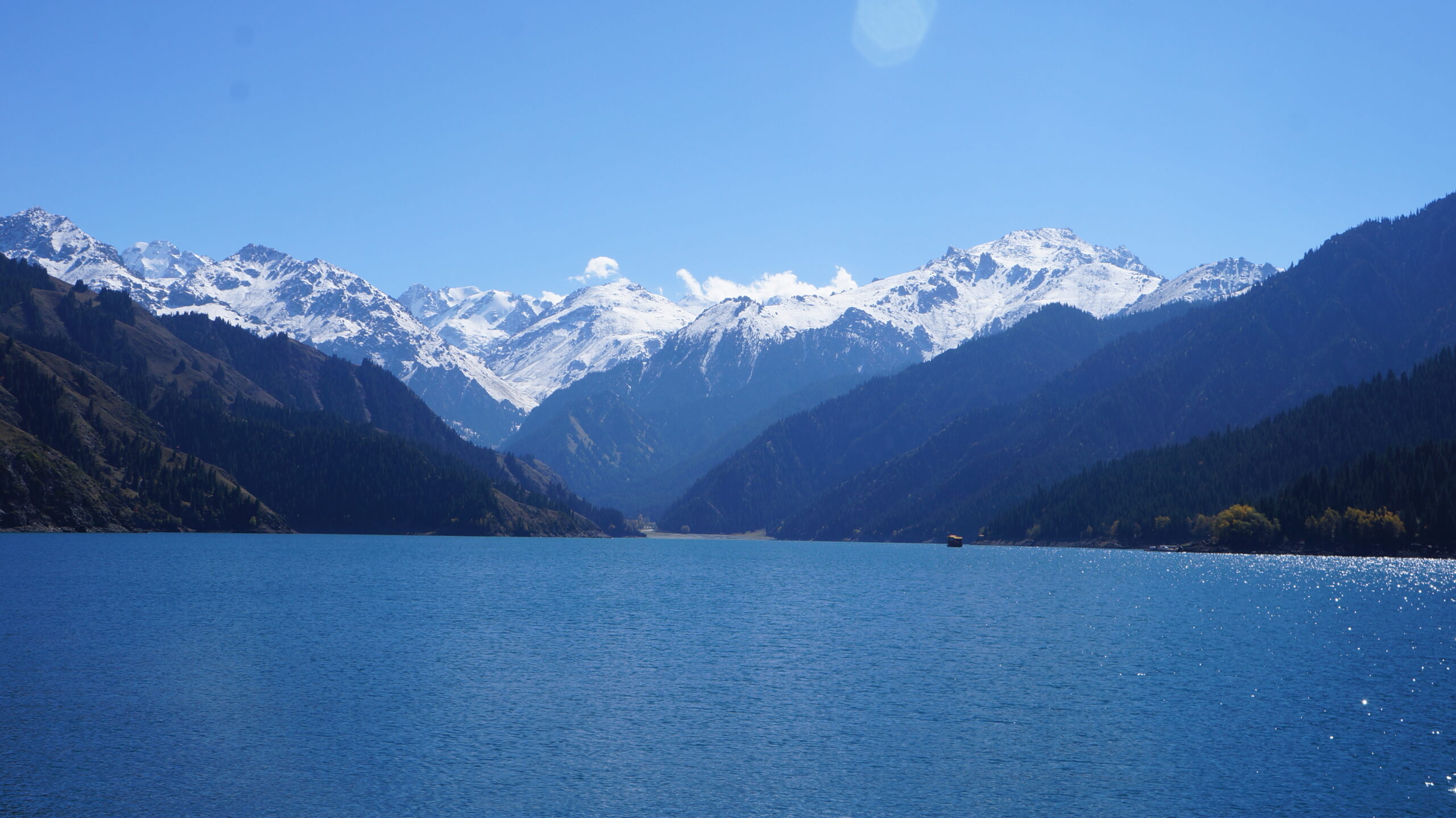Xinjiang Uygur Autonomous Region
Referred simply as Xinjiang, has an area of 1.66 million square kilometers,is located in the Northwest Frontier. It is China’s one of five minority autonomous regions, and is China’s largest land provincial-level administrative region area, accounting for one sixth of China’s total land area . Xinjiang is far away from the ocean, deep inland, surrounded by high mountains, the ocean airflow is not easy to reach, the temperature difference is large, the sunshine time is sufficient, the precipitation is less, and the climate is dry.
The winter in northern Xinjiang minimum temperature has reached minus 50.15℃, which is one of the coldest regions in the country. The eastern Xinjiang highest summer temperature in Turpan reached 49.6℃, ranking first in the country. There are more than 18,600 glaciers in Xinjiang, with a total area of more than 24,000 square kilometers, accounting of the national glaciers for 42%.
The desert occupies 2/3 of the total desert area of the country, of which the Taklimakan Desert in the Tarim Basin has an area of 336,700 square kilometers. It is the largest desert in China and the second largest mobile desert in the world, second only to Rubha on the Arabian Peninsula Desert. The Gurbantunggut Desert in the Junggar Basin, with an area of 48,000 square kilometers, is the second largest desert in China.
In 2019, the population will be 25,232,200 with 24 people. The capital of Xinjiang is Urumqi, the city farthest from the ocean in the world, and the nearest ocean is 2,000 kilometers away.
Natural Resources
Xinjiang is rich in oil, natural gas and coal resources. The GDP in 2019 was 1,359.711 billion yuan, ranking 25th nationwide.
Agriculture Industries
Xinjiang’s cotton production accounts for one-third of the country’s total cotton output, making it the largest cotton production base in China.
It is also the largest tomato production base in China, and its output is second only to the United States and Italy, ranking third in the world.
It is also the largest lavender growing region in China, accounting for 95% of China’s lavender production.
Ancient Silk Road
Xinjiang and neighboring Russia, Kazakhstan, Kyrgyzstan, Tajikistan, Pakistan, Mongolia, India, Stan, Afghanistan, eight countries bordering. It is in the history of the important ancient passage Silk Road.

